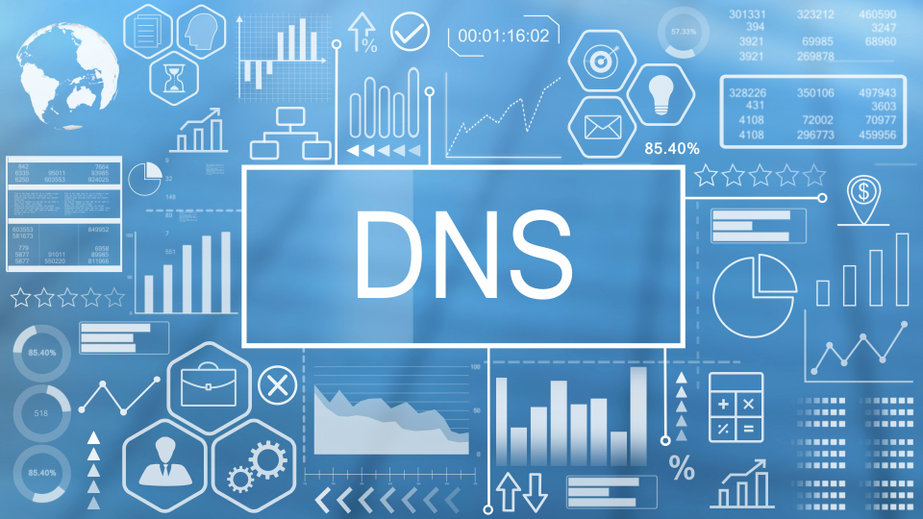The creation of the Domain Name System (DNS) was key to the Internet’s evolution and growth. It was created in 1983 and by 1986 it became an Internet standard. It came to life for making easier the use of the Internet. Thanks to DNS, users could use easy and memorable names to request their favorite domains, instead of typing hard strings of numbers (IP addresses) for the same purpose.
Currently, knowing the security threats that Internet can mean, it can be hard to believe that security for the DNS to operate was not a primary priority when it was designed. But almost four decades ago, the network of networks was quite smaller. Developers of course forecasted its growth, but it happened very fast. And with its success, the need of making it secure arose.
What is DNSSEC?
Domain name system security extensions or DNSSEC is a set of protocols used to protect the security of the DNS and offer a cryptographic solution for authenticating domains. Together, these protocols build a security layer to make lookups and communication (exchange) processes safe for Internet users.
DNSSEC verifies data and the authoritative server through a system that includes public and keys.


